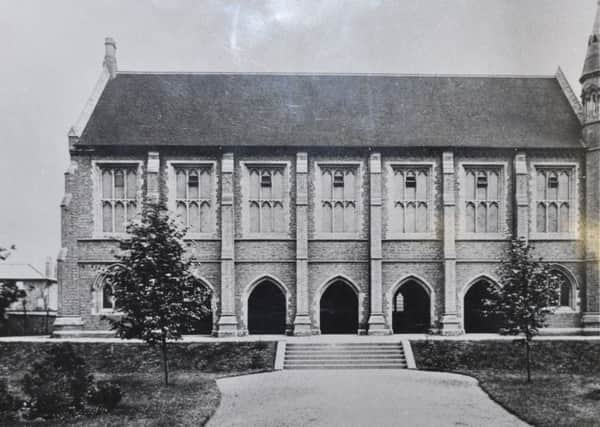YP Letters: Doncaster and the historic heritage that helps build a town's pride in itself


THIS time last year, I was busy campaigning as the Yorkshire Party candidate in the Doncaster mayoral elections. A central aspect was a campaign to protect and revive Doncaster’s historic buildings and in so doing breathe new life into the town. One of the most iconic buildings then under threat was the Doncaster Grammar School for Girls.
Built in 1910, the red-brick facade is now the last remnant of a much larger complex. Neglected for years, most of the school was demolished under council orders in 2013. But throughout the campaign, the passion many people had, not just for the old Girls School but many buildings, illustrated that these are not just vestiges of a past grandeur. They are symbolic of the town’s pride in itself.
Advertisement
Hide AdAdvertisement
Hide AdIt was therefore pleasing that Doncaster Council announced plans to save what remains as part of a new museum, library and archive, construction for which is due to commence later this summer.
Architecturally, the plans fail to unite old and new as successfully as some examples of neo-futurist architecture, such as the Great Court of the British Museum; the western concourse of King’s Cross Station; and even Leeds Trinity, which has taken its 18th century neighbour, Holy Trinity Church, under its wing.
Instead, the glass-cased Girls School feels more like a museum piece than an integral part of the design.
Nevertheless, it hopefully represents an important policy change from neglecting architectural heritage to a desire to revive it.
Advertisement
Hide AdAdvertisement
Hide AdHaving moved to Doncaster from York (a city that takes a rather different approach to the preservation of its historic architecture), I was initially struck by an air of despondency that hangs over the town, permeating how it is often perceived by residents and visitors alike.
It’s not difficult to see why. Ambitious restoration and regeneration projects may have given a scattering of sites a new lease of life but they do little to mask the fact that much of the town’s elegant Georgian, Victorian and Edwardian architecture is now lacklustre – some visibly crumbling.
This situation is by no means unique to Doncaster. It is common in many towns across England and is indicative of the growing North/South divide. It is a message of past prosperity and present decline. However, bold investment in our shared past, not merely to preserve but to revitalise community spaces, can give new energy to towns and cities across the country.